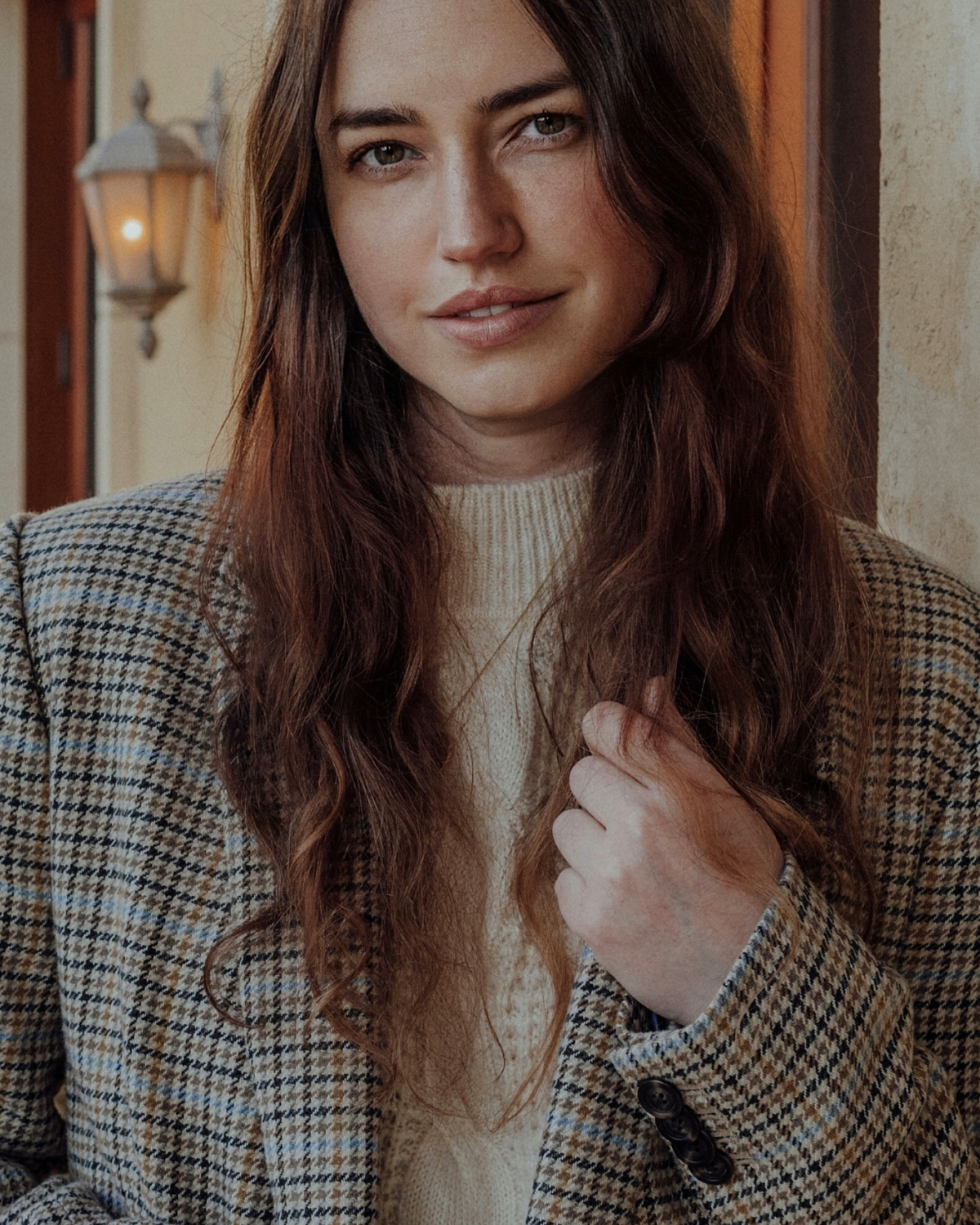Chasing Blue: A Gardener’s Real Guide to Getting Those Elusive Blue Blooms
I’ve probably spent more time with my hands in the dirt than anywhere else, and in all those years, one thing is certain: gardeners go absolutely wild for the color blue. We chase it, we obsess over it, and we celebrate every single sky-blue petal. And for good reason! True blue is one of nature’s rarest tricks, and honestly, the challenge is a huge part of the fun. It’s not just about plopping a plant in the ground; it’s about a little bit of science, a lot of patience, and really getting to know your garden.
In this article
So, this isn’t just another list of flowers you could find on a plant tag. This is the stuff I’ve learned from my own trial and error—the successes, the total failures, and the techniques I now swear by. My goal is to help you bring that peaceful, deep blue magic into your own yard, without all the guesswork.

Why is Blue So Hard to Find, Anyway?
Before you even think about buying a plant, let’s talk about why true blue is the unicorn of the flower world. This isn’t just boring science class stuff; knowing this is the absolute key to managing your expectations and, more importantly, your soil.
The color in most blue, purple, and even red flowers comes from pigments called anthocyanins. The cool part is how they work. The final color they show off often hinges on the pH level inside the plant, which is directly influenced by the soil it’s growing in. The most famous example, of course, is the Bigleaf Hydrangea.
Its ability to be a color-changing chameleon is pure chemistry. In acidic soil (think a pH below 6.0), the plant can absorb available aluminum. This aluminum is the magic ingredient that tells the pigments to turn blue. But in alkaline soil (pH above 7.0), that aluminum is locked up and out of reach. Without it, those same pigments just turn pink or red. So, you can’t just talk a hydrangea into being blue—you have to set the stage by changing the soil. This same principle, by the way, affects other flowers too, pushing them from a true blue to more of a violet.

Getting the Foundation Right (The Pro’s Approach)
I’ve seen more plants die from bad prep than from any bug or disease. I’m not kidding. Getting the soil and location right is 90% of the battle, especially for these fussier blue beauties.
First, Know Your Soil
Please, don’t just guess what kind of soil you have. Get a soil test. A simple home kit from the hardware store is a start, but for the best info, send a sample to your local university extension office. It might set you back between $15 and $30 and take a couple of weeks to get the results, but the detailed report you get back is your garden roadmap. It’s the best money you’ll spend.
You always hear the term “well-draining soil,” right? It basically means you don’t want your plants sitting in a puddle. Roots need oxygen, and soggy soil suffocates them. Here’s my quick-and-dirty guide:

- For heavy, sticky clay soil: Clay is a beast. To fix its poor drainage, I work in a good 3 to 4 inches of organic matter like compost or shredded leaves into the top foot of soil. This creates little air pockets and totally changes the structure.
- For sandy soil that drains too fast: Here, compost and peat moss are your best friends. They act like sponges, holding onto water and nutrients that would otherwise just wash away.
And then there’s light. Walk around your yard at different times of day. That spot by the south-facing brick wall is a furnace compared to the cool shade under a big maple. Watch the sun before you plant.
My Go-To Blue Flowers (The Honest Truth)
Alright, let’s get to the good stuff. These are some of my most trusted blue performers, along with the real techniques I use to make them thrive.
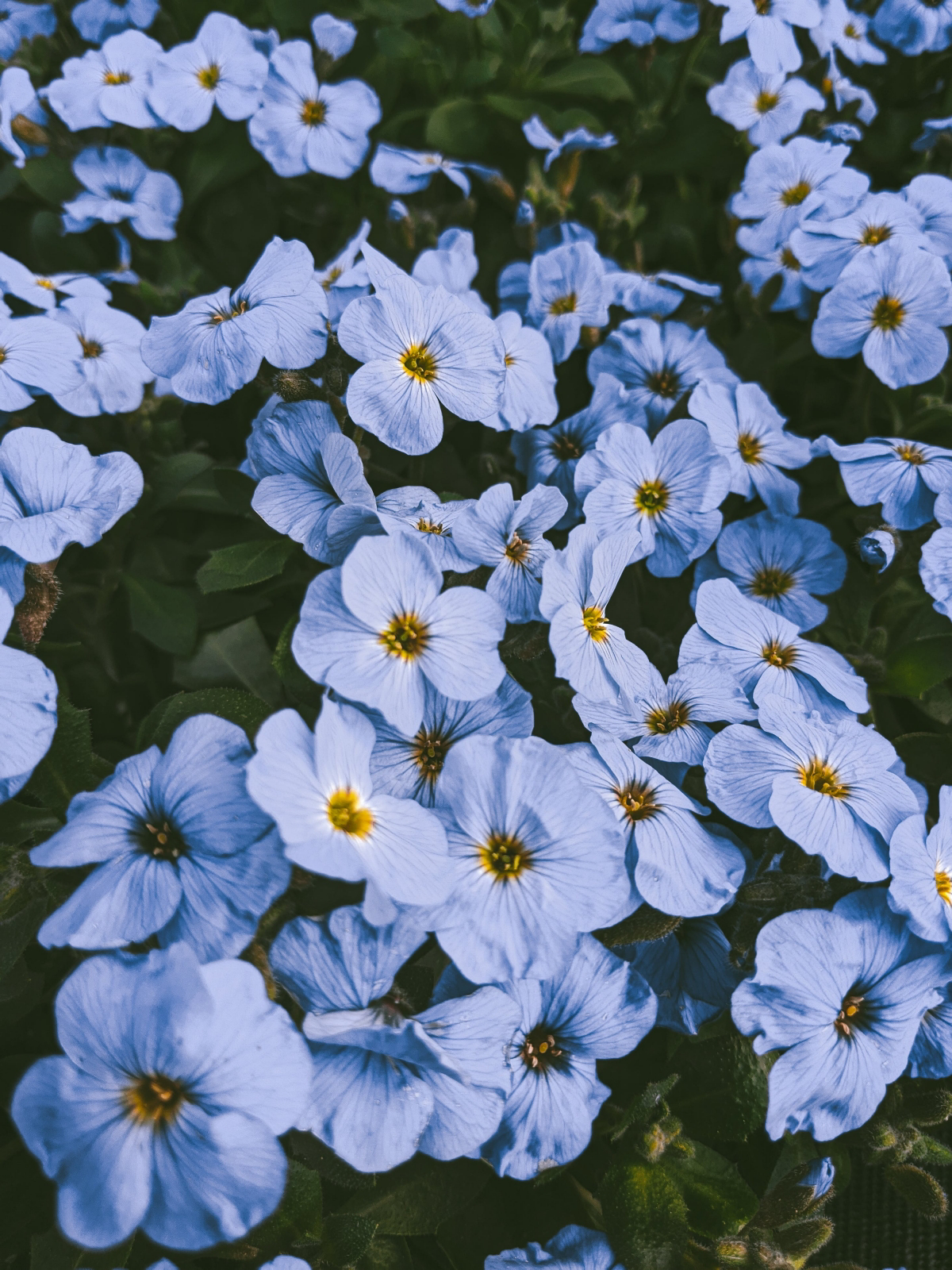
For Drama and Height: Delphinium
Delphiniums are the towering, dramatic queens of the early summer garden. But let’s be frank: they’re divas. They are not for the faint of heart, so I’d say their difficulty level is pretty high. They need full sun to put on their best show.
- Technique: Staking is non-negotiable. Their gorgeous stems are hollow and will snap in the first decent storm. I put in bamboo stakes when the plants are about a foot tall. For a big clump, a grow-through grid support is even better.
- Troubleshooting: They can get powdery mildew, that ugly white dust on the leaves. This is usually caused by poor air circulation, so give them space! And always water at the base of the plant, not all over the leaves. If I see it starting, I’ll use a horticultural oil from the garden center, or even a simple homemade soap spray in a pinch.
- Heads up! All parts of the Delphinium are highly toxic if eaten. This is a big deal if you have curious pets or little kids. I always wear gloves when handling them.

The pH Master: Bigleaf Hydrangea
This is the shrub everyone wants for that classic blue. It’s perfect for adding structure to a garden bed, but getting that postcard-perfect blue takes a little work. I’d call it medium difficulty, and it’s happy in morning sun with some afternoon shade.
- The Blue Method: To get blue blooms, you need that acidic soil and aluminum. Here’s your shopping list: one good-sized Bigleaf Hydrangea plant (expect to pay $25-$50 at a nursery), a bag of soil acidifier with aluminum sulfate (about $15), and a bag of compost (around $10). I add the acidifier in the fall or early spring. As a general starting point, I’ll sprinkle about 1/4 to 1/2 cup around the drip line of a medium shrub—but seriously, read your product’s label.
- A Little Patience: Don’t expect instant results! It can sometimes take a full growing season for the soil chemistry to change and the flower color to follow.
- My Biggest Blue Mistake: I have to share this. Years ago, a client begged me to turn their gorgeous white ‘Annabelle’ hydrangea blue. I spent a whole season amending the soil, feeling like a failure when it bloomed bright white again. I learned the hard way that only certain hydrangeas (the macrophylla and serrata types) can change color! The white ones are always white. It was a humbling—and very educational—experience.
- Good to know: Yes, you can do this in a large pot! It’s actually a bit easier to control the soil pH in a container. Just make sure it’s a big one, as these shrubs get thirsty.
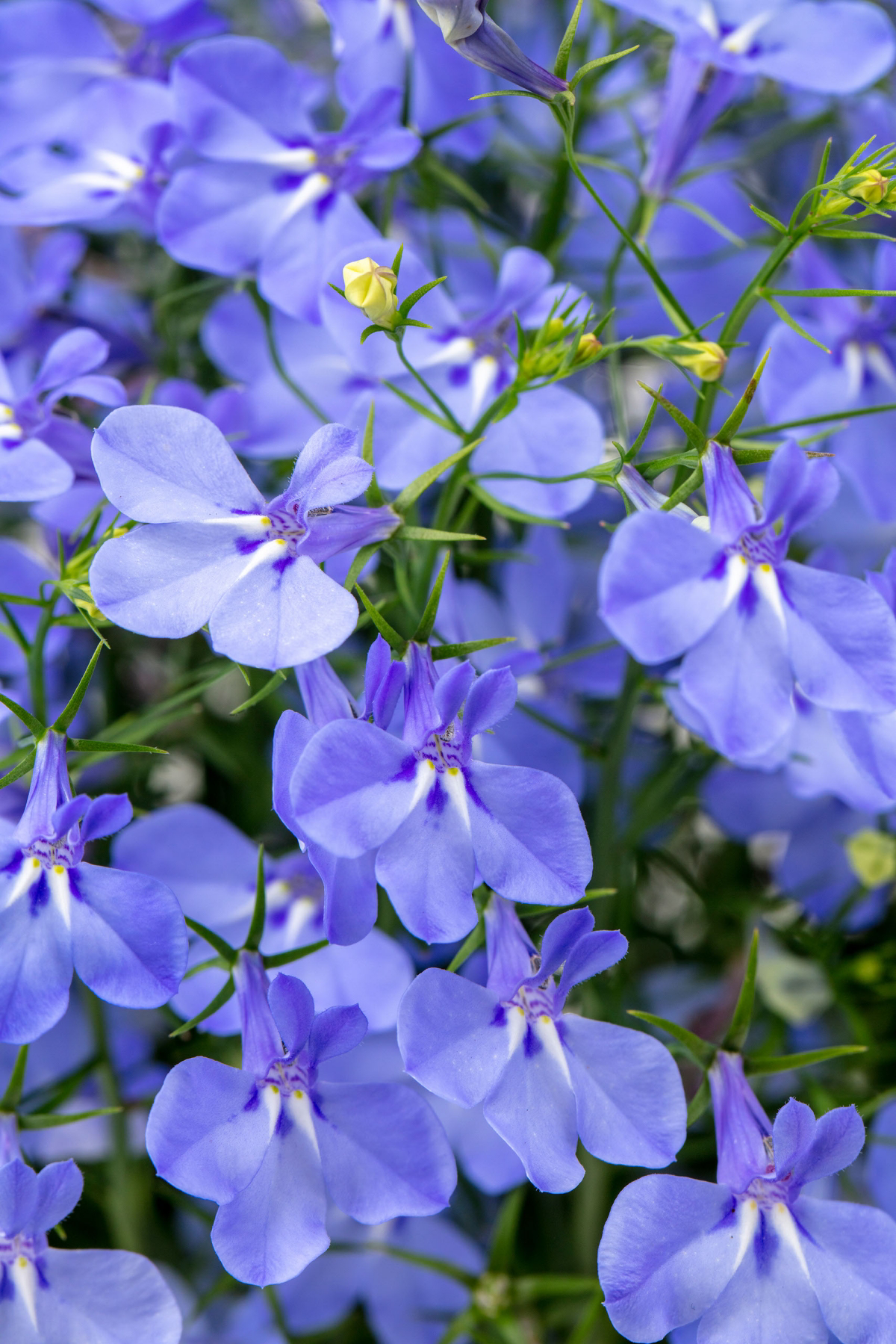
The Reliable Workhorse: Perennial Salvia
Okay, looking for a beginner-friendly blue? This is your plant. Many varieties, like ‘May Night’, give you a rich, violet-blue that is just stunning. It’s super easy to care for, loves full sun, and is a workhorse for reliable, long-lasting color.
- The Secret to More Flowers: The key to keeping salvia looking great is a good haircut. After the first big show of flowers is done, I take my shears and cut the whole plant back by about half. It looks brutal, I know, but it works. Give it a good drink of water, and in a few weeks, it’ll reward you with a whole second round of blooms.
Need Blue Like, Yesterday?
Sometimes you just want a pop of blue right now while you wait for your perennials to mature. I get it. For a quick win, grab some annuals. A hanging basket of brilliant blue Lobelia or a pot of fluffy Ageratum (also called Floss Flower) gives you that instant satisfaction. They’re cheap, you can find them everywhere, and they’ll bloom their hearts out all summer long.
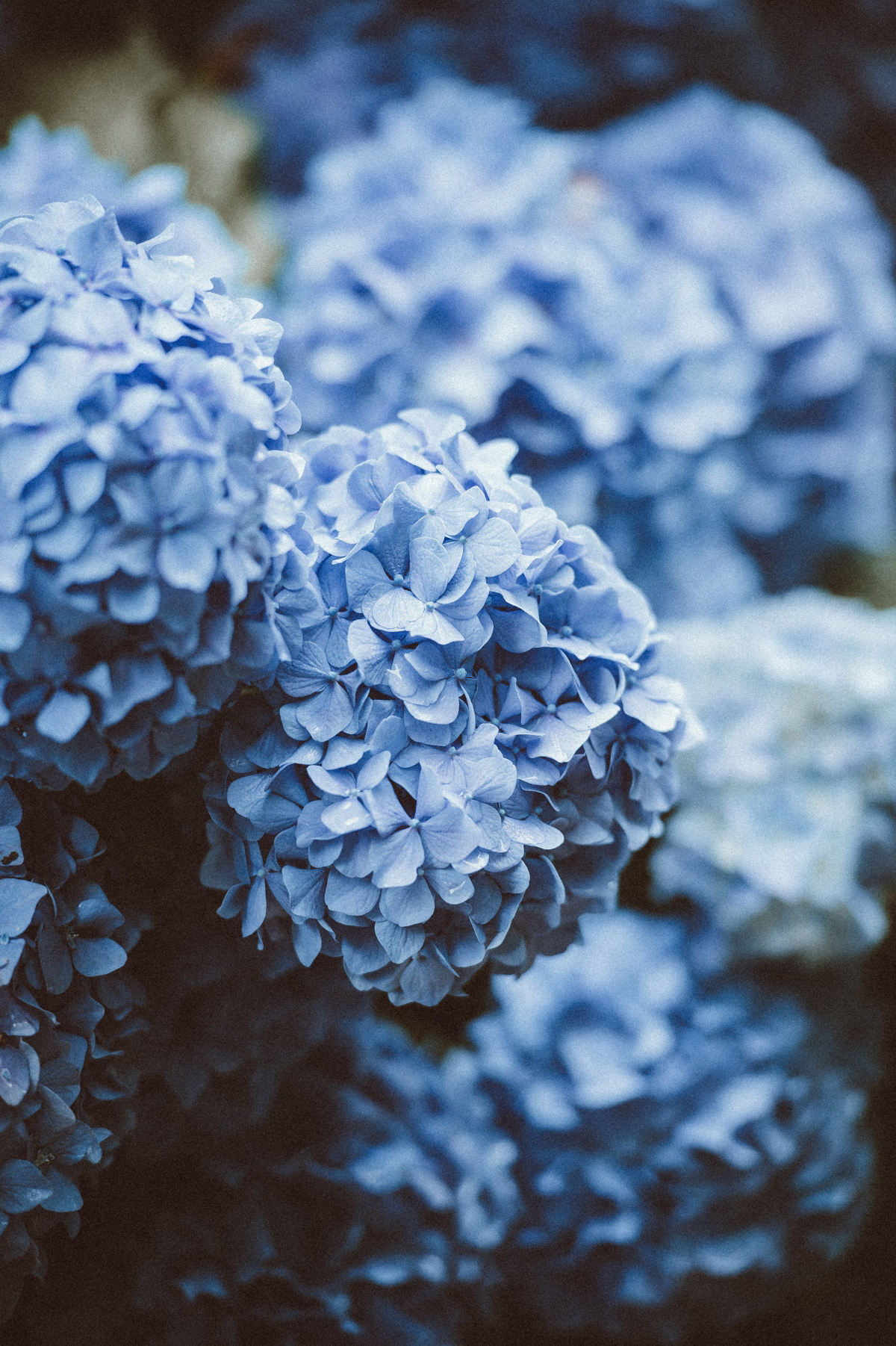
Galerie d’inspiration
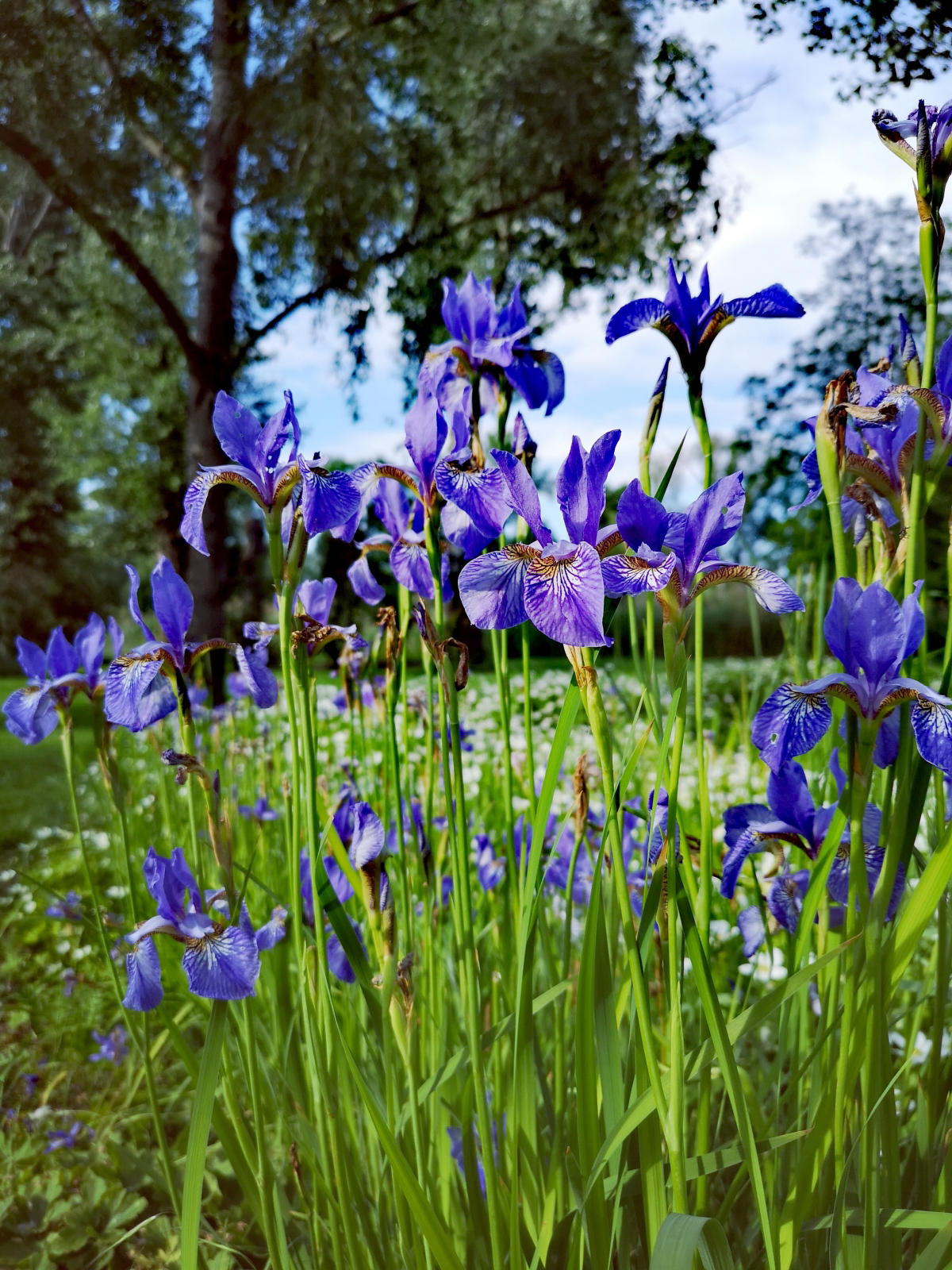
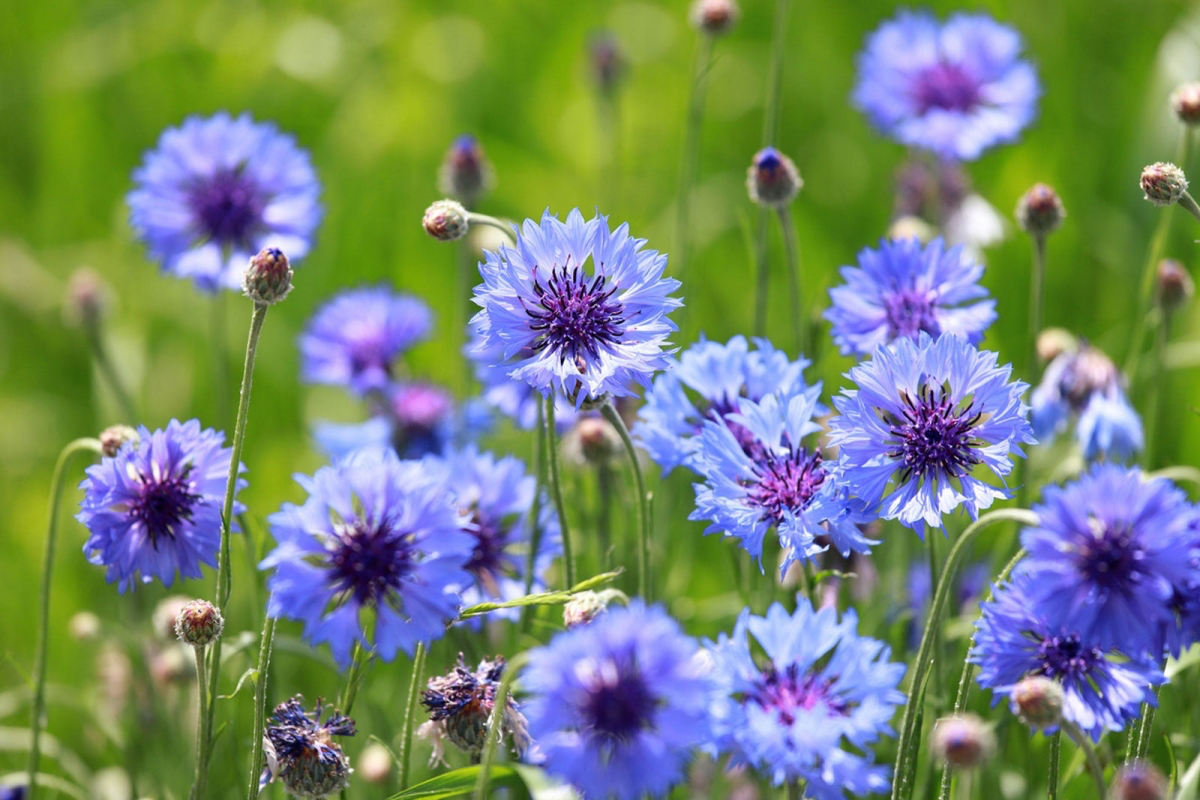
My blue hydrangeas look faded or muddy purple. What’s going on?
It’s a common frustration! If you’ve already amended your soil to be acidic, the culprit is often your water. Tap water, especially in areas with hard water, is often alkaline. Each time you water, you’re slightly neutralizing the acidity you worked so hard to create. Try collecting rainwater (which is naturally slightly acidic) for your prized blue specimens. Also, check your fertilizer. High-phosphorus formulas can interfere with aluminum uptake, pushing the blooms back towards pink. Stick to a low-phosphorus, high-potassium blend like Holly-tone from Espoma during the growing season.

The Himalayan Blue Poppy (Meconopsis betonicifolia) is so famously difficult to cultivate that for many gardeners, succeeding is considered a horticultural holy grail.
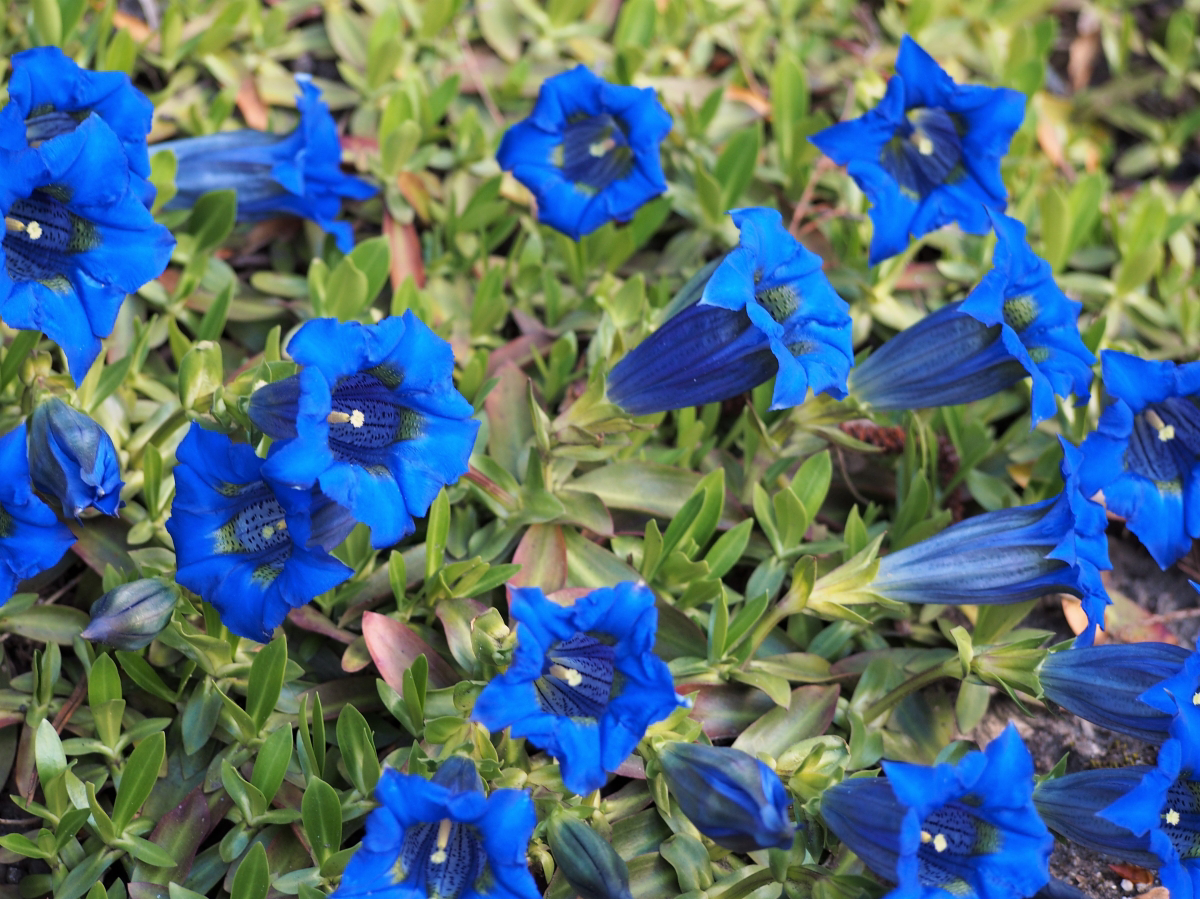
Creating a truly striking blue display is all about contrast. To make your blues appear even more vibrant and deep, pair them with complementary colors that make them pop. Try planting them alongside:
- Plants with silvery foliage like Lamb’s Ear (Stachys byzantina) or Artemisia ‘Silver Mound’.
- Bright, clear yellows, such as Coreopsis ‘Moonbeam’.
- Soft, peachy oranges found in some daylilies or Geum ‘Totally Tangerine’.
These pairings trick the eye, intensifying the blue and creating a dynamic, professional-looking garden bed.
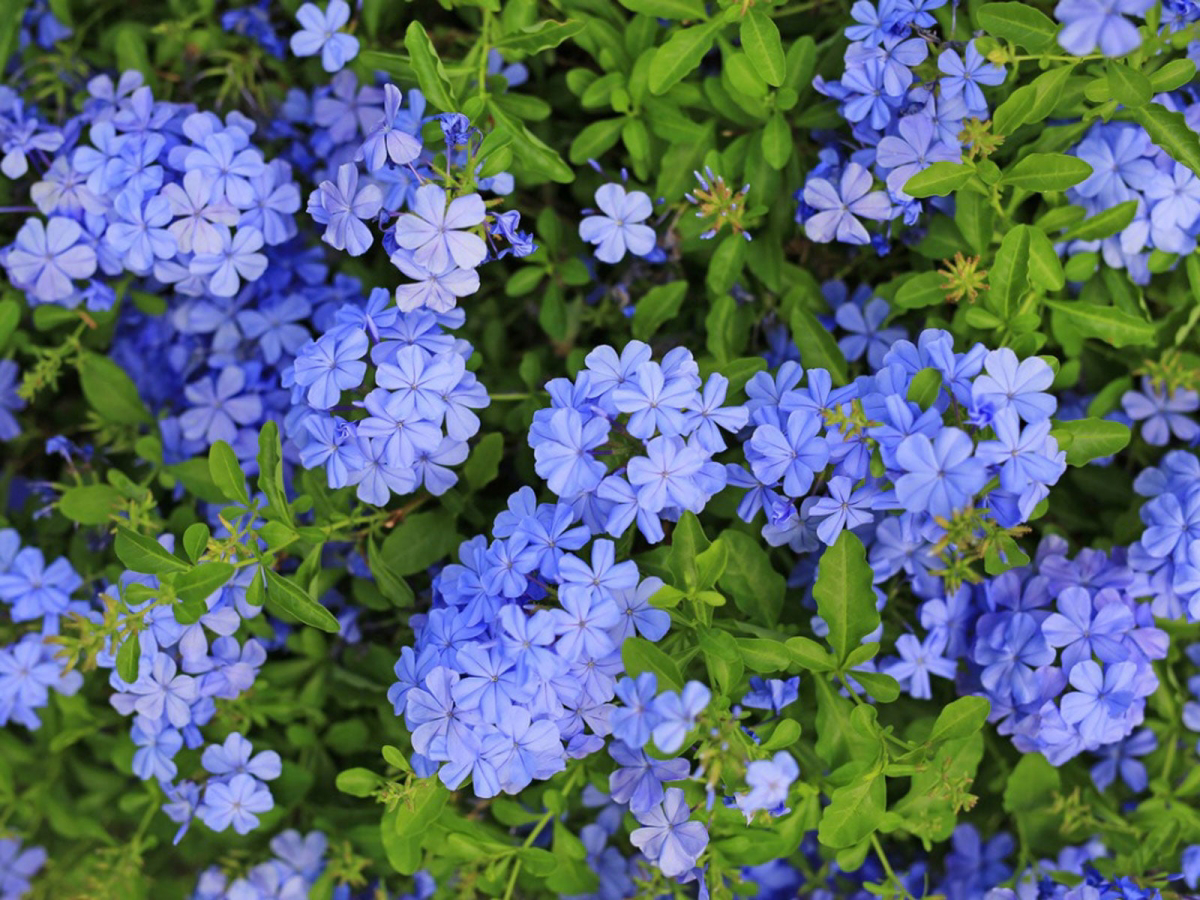
Important point: Not all blue is a battle with soil pH. For guaranteed, hassle-free blue, embrace plants that are genetically programmed for it, regardless of soil conditions. Think of the stunning, electric blue of Gentian, the deep indigo spikes of Salvia ‘May Night’, or the cheerful sky-blue faces of Siberian Squill (Scilla siberica) in early spring. These plants are your reliable allies in the quest for blue, no chemistry degree required.

There’s a reason blue is associated with tranquility. A garden corner dedicated to blue hues becomes a sanctuary, especially in the low light of dawn or dusk. The color recedes, creating a sense of depth and peacefulness. Imagine the soft, star-like flowers of Amsonia hubrichtii catching the evening light, or the gentle sway of Catmint (Nepeta) releasing its fragrance. This isn’t just a color choice; it’s an atmospheric one that invites you to slow down and breathe.

- Deeper, more stable blue colors in your hydrangeas.
- A slower, more gentle change in soil pH.
The secret? Using elemental sulfur instead of aluminum sulfate. While aluminum sulfate provides a quick fix, sulfur is converted to sulfuric acid by soil bacteria over time, offering a more sustainable, long-term solution for maintaining that coveted blue hue.
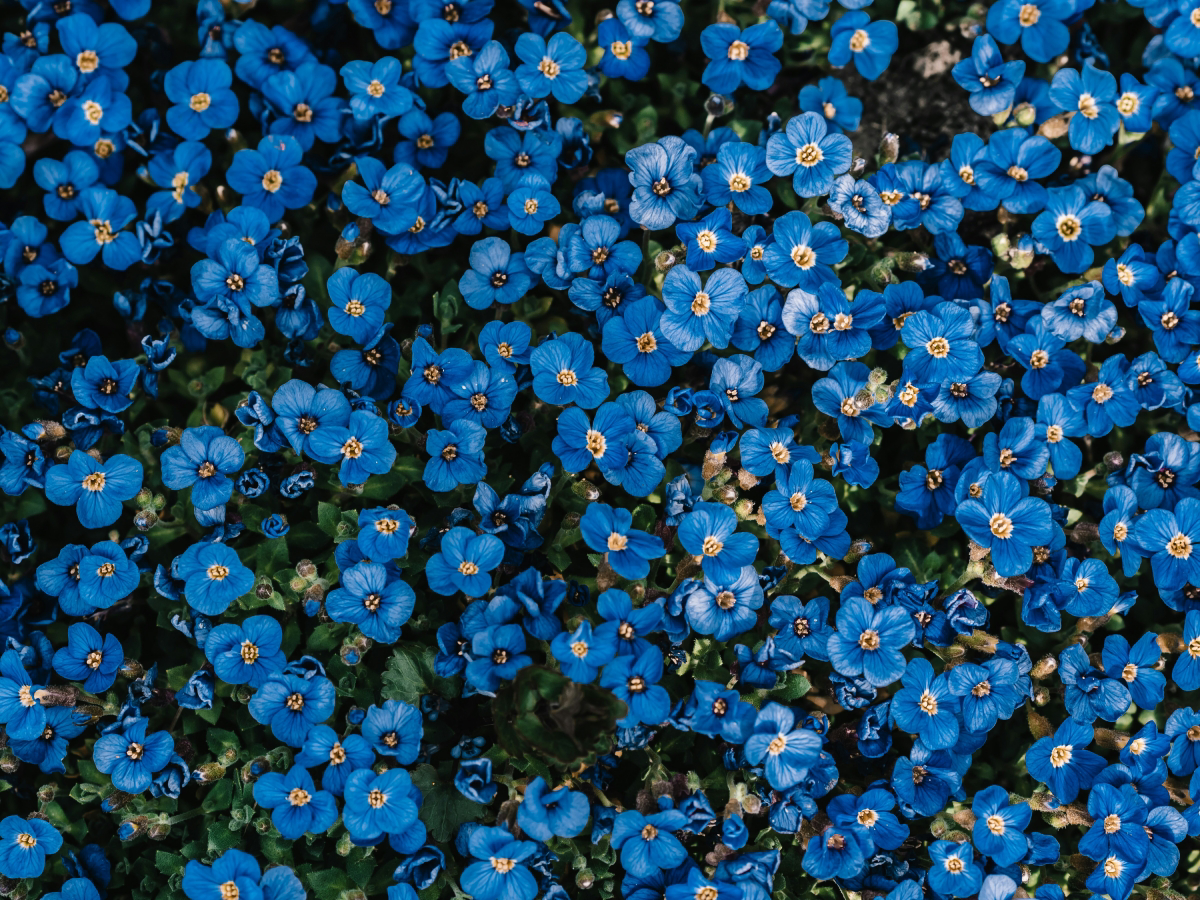
A 2017 study from RMIT University in Melbourne confirmed that bees have a distinct preference for violet and blue flowers over other colors.
This means planting blue-flowering species like Borage, Cornflowers (Centaurea cyanus), and Veronica ‘Royal Candles’ isn’t just an aesthetic choice. You’re actively creating a valuable foraging patch that helps support local bee populations, making your garden both beautiful and ecologically functional.
For Annual Pots: Lobelia erinus ‘Crystal Palace’ offers a cascade of intense, deep blue that is perfect for container edges and hanging baskets.
For a Perennial Border: Delphinium ‘Blue Bird’ provides towering, majestic spires of sky-blue with a white center, creating a stunning vertical accent.
While both deliver spectacular blue, Lobelia offers single-season flexibility, while Delphinium requires more commitment but rewards with a grander scale year after year.
